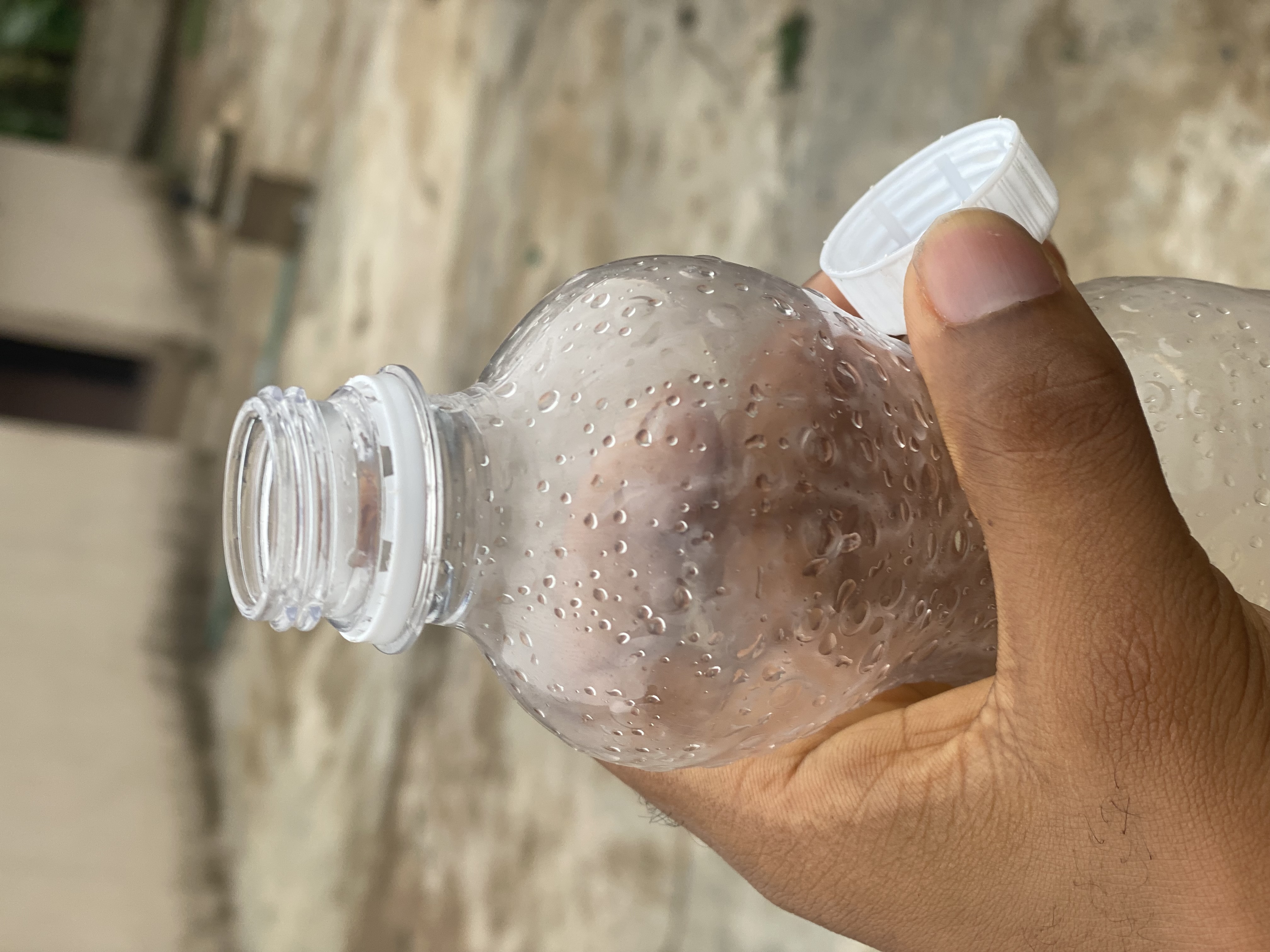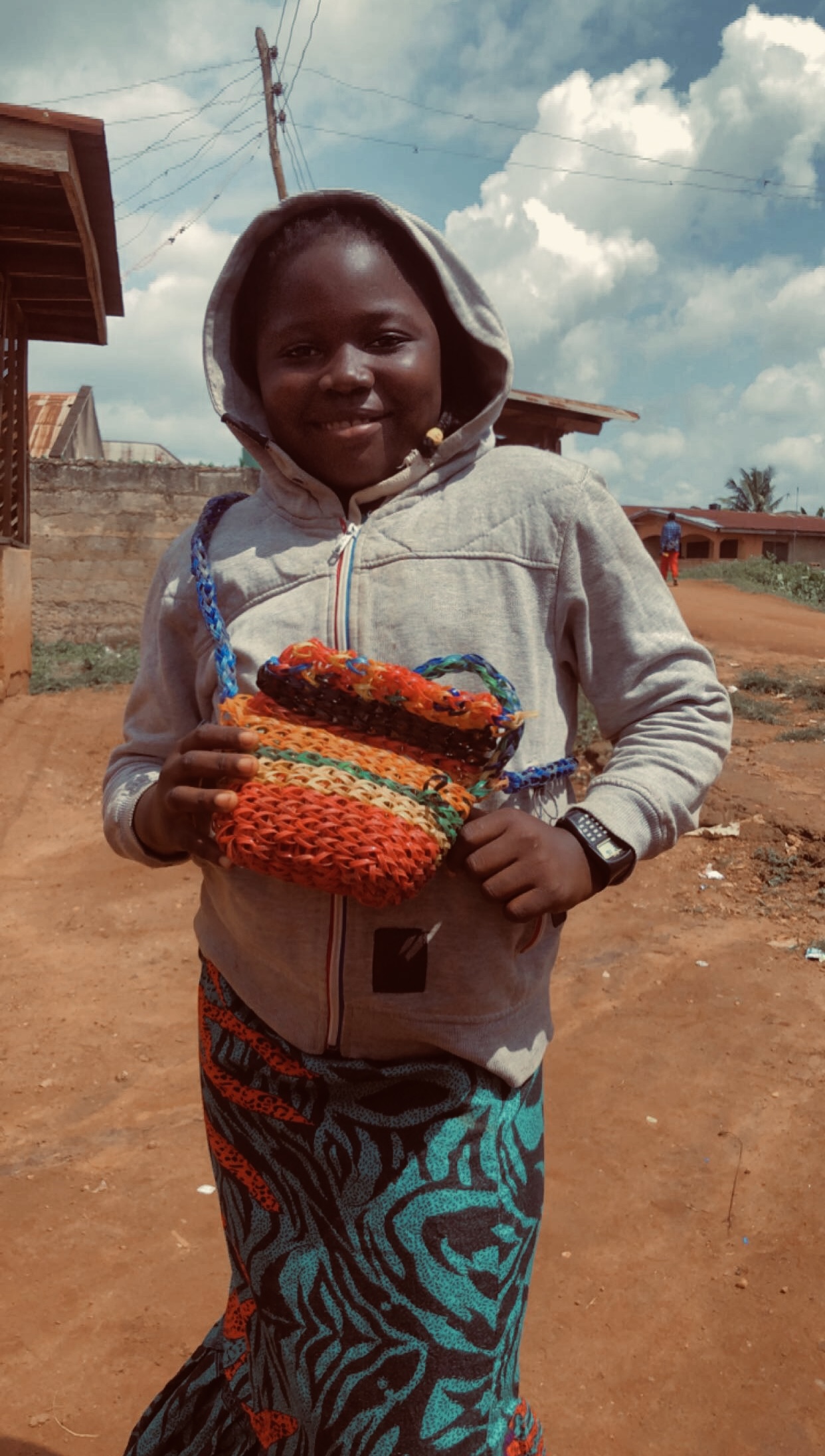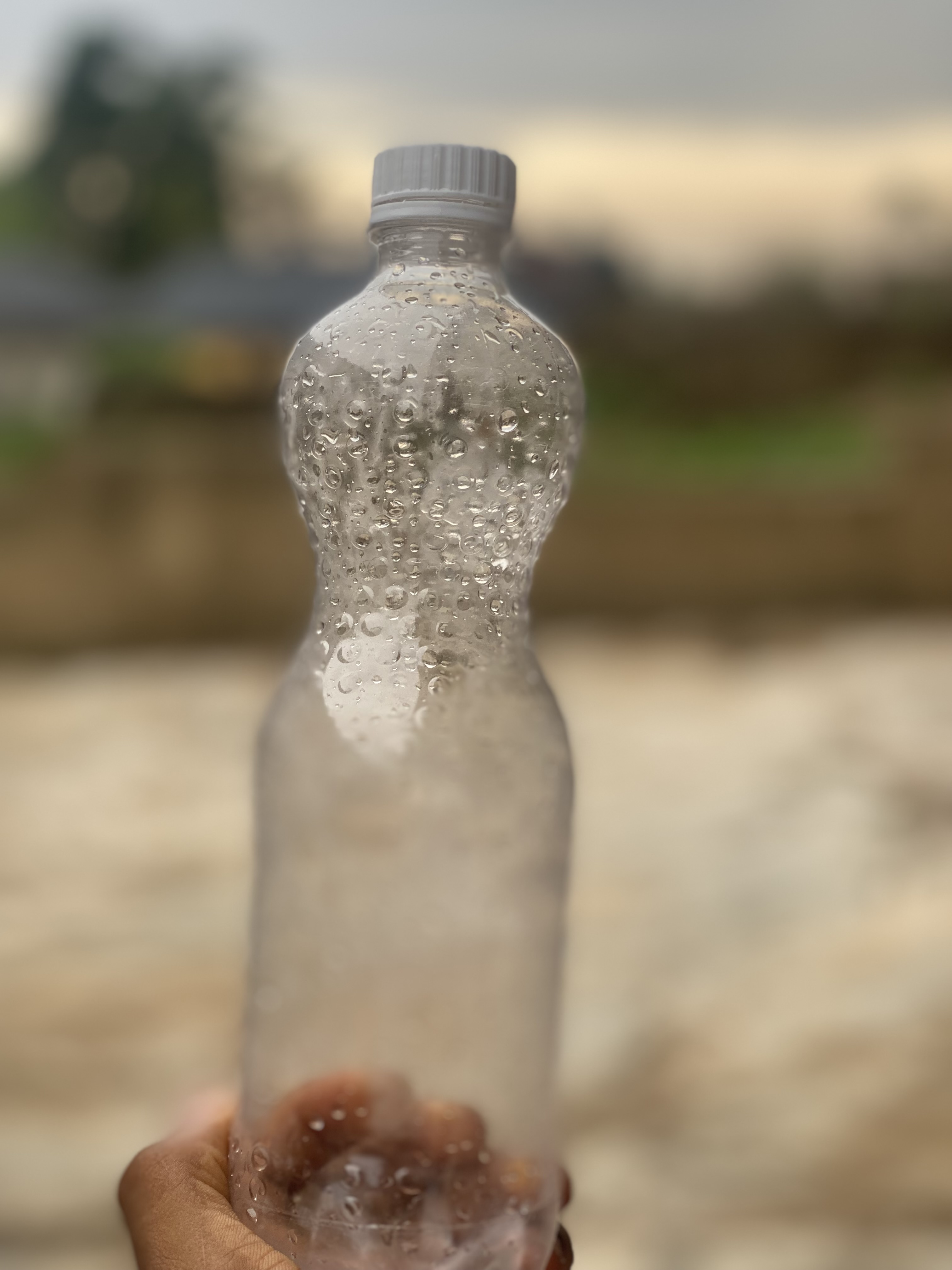According to the Oxford Dictionary, recycling is the process of converting waste into reusable materials. There are so many benefits attached to recycling products; most times, humans have control over their environment and recycling is one way to keep it safe. Over the years, many people have seen the light and gotten involved in recycling products, leading to the creation of employment opportunities. Growing up, there was a recycling company close to my area and I'd often see heaps of used plastic bottles. The heaps were so big, that sometimes they were bigger than a truck. I often wondered why people would go around collecting used plastic bottles. Also, there are people called “Aboki” who go around collecting condemned iron like a spoilt fan, a spoilt fridge, or anything that could be reusable at all. We'd sell it to them for little money which we would use to buy snacks.
I once asked an older friend why anyone would collect condemned products. He told me that they would recycle it and use it to create something new. I was too young to process that information. I connected the dots when I grew a bit older and had a Facebook account. While surfing through Facebook, I came across Ryan, a 10-year-old kid who had a recycling industry. He'd go around places, particularly oceans, collecting waste and recycling it into new products, like T-shirts. I wondered how a ten year old boy managed to be so dedicated to saving the environment. Although I was nothing near him, I respected and admired him.

For today’s edition, the hive learners community asks us to discuss recycling and its benefits. When was the last time you recycled items? Is there a reliable system in your country and how often do you use it? After I discovered Ryan and his recycling journey on Facebook, I never thought I'd start my own recycling journey, talk less of taking a class on recycling. Interestingly, about 3 years ago, we had an entrepreneurship program in my church. A group of people were invited to teach us basic entrepreneurship skills like soap making, bead making, and the like. Of all those programs, one that I was particularly interested in was recycling plastic bottle lids to create products like bags, purses, sandals, and other things. The team brought their product and it piqued my interest immediately. “How would someone possibly make bags using plastic bottle giver lids?”.
I was interested in the program, but the products looked so complex that I almost changed my mind. Have you ever seen a handmade product that you start to wonder how the person who made it even started? That was exactly how I felt. So, while other people joined soap making, bead making, and snail rearing classes, I and a few others joined the recycling class. Step by step, they taught us how to make products using plastic bottle cover lids. When you buy a plastic bottle of water, there is always a lid there after you've opened the cover. That lid is there to make sure the cover is tight and that it doesn't leak. We took classes for three days, and after the third day, I could make products by myself, although they weren't perfect.

I decided to make a bag for my friend, but there was one problem. Where was I going to see more than 700 lids? Luckily, at the time, I had little friends and cousins around me. After a week, we were able to gather more than 1000 lids. I once wrote a post about the process and posted it in the DIY community. Although the bag isn't perfect, it is proof that we can transform water into reusable products and save our trees and the environment at large.

The recycling system in my country is getting better and better. While there are still some areas that need improvement, we can see progress every year. As time goes on, more and more places are starting to recycle, and it's becoming a bigger part of our daily lives. In the next few years, we might see recycling become a standard practice all over the country.
All images in this post are mine.
Thanks for reading.



